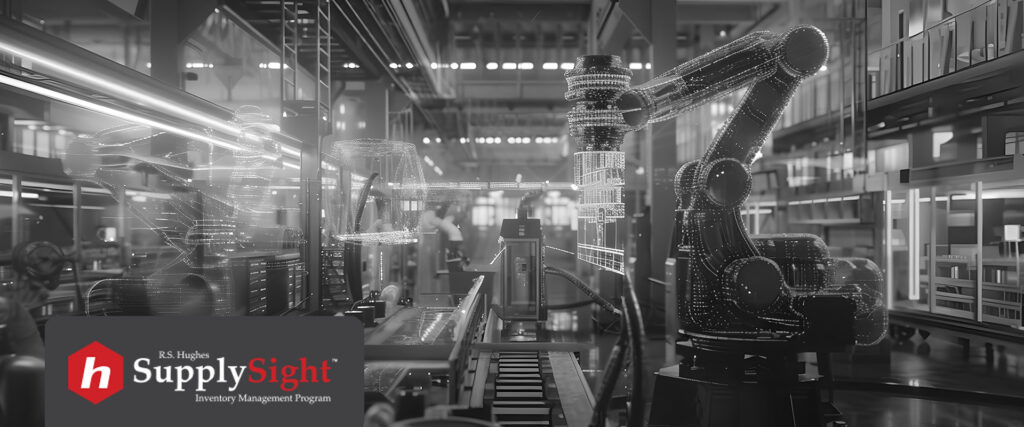From Enemy to Ally: Rethinking AI in Procurement

Procurement leaders today are under more pressure than ever. With inflation, supply chain volatility and cybersecurity threats, the margin for error is shrinking fast. With these complex issues stacking up, artificial intelligence (AI) and automation should be obvious solutions. However, many leaders remain hesitant to introduce AI to current procurement technology. In fact, a third of procurement leaders still view AI as a threat rather than a solution.
But AI in procurement isn’t the enemy—it’s the ally procurement teams need to navigate increasingly complex issues and challenges. When properly understood and implemented, AI enhances operations and empowers workforces.
Why Procurement Anxiety About AI Exists

Procurement leaders feel fatigued and overwhelmed with the digital acceleration of COVID-19 and continual global supply chain instability. Introducing the use of AI for procurement feels like another complex, exhausting hurdle.
AI is also commonly seen as a threat to job security. AI promises to automate routine and simple tasks. Without a proper understanding of implementing and standardizing this technology, it can often just be seen as “robots are coming for your job.” This adds to the frustration and fatigue, reinforcing the sense that technology is more disruptive than empowering.
AI as a Strategic Partner, Not a Replacement

When implemented correctly, AI relieves workers of mundane, routine tasks—not replaces them. This is called the “AI + HI” (human intelligence) approach. It frees up valuable time for procurement teams to focus on more complex, demanding tasks.
AI is also invaluable when handling vast datasets. It can process data in minutes, versus the long hours it usually takes humans to perform the same task. This allows procurement teams to interpret and decipher what is valuable to make data-driven decisions without putting in tedious work.
This leads to greater supply chain resilience. AI helps teams respond faster to disruptions in a volatile supply chain landscape by processing data to model risk, forecast demand and identify alternative suppliers in real time. These capabilities allow procurement to shift from reactive to proactive, enhancing supply chain management.
What Proactive Procurement Leaders Can Do Now

As a procurement leader, you don’t need to wait for the perfect moment to adopt AI. There are several strategies you can integrate now to build a strong foundation for the future of AI and automation in procurement:
Invest in Upskilling
According to a recent survey, 86% of employees expect AI training, but only 14% are receiving it. Enabling your workforce with AI-savvy knowledge ensures teams can interpret outputs, act on insights and maintain human oversight in more automated environments.
Standardize Data
Well-organized, standardized data enables AI algorithms to accurately analyze, learn and provide actionable insights. It eliminates data silos, reduces errors and ensures that AI tools can effectively process information for demand forecasting, supplier risk assessment and automated purchasing decisions.
Improve Cybersecurity
The risk of breaches and ransomware attacks grows as procurement systems become more connected and data-driven. Secure digital infrastructure is no longer optional—it’s mandatory. Reinforce your team’s cybersecurity layers to ensure AI-powered platforms don’t become new points of vulnerability.
Build a Tech-First Culture
Cultivate your team to recognize that technology should empower, not displace, human expertise. Successful teams treat AI implementation as a change management exercise, engaging staff early, adapting workflows thoughtfully and creating a culture of curiosity, not resistance.
Invest in Smart Inventory Management
Build supply chain resiliency with a smart inventory management program. These programs help maintain stock levels through next-level automation, advanced reporting and improved security.
Our smart inventory management program, SupplySight™, provides real-time visibility into inventory, usage patterns and supplier performance through advanced data tracking and analytics capabilities. By digitizing and centralizing supply data, SupplySight ensures that procurement teams have accurate, structured information—critical for any successful AI initiative.